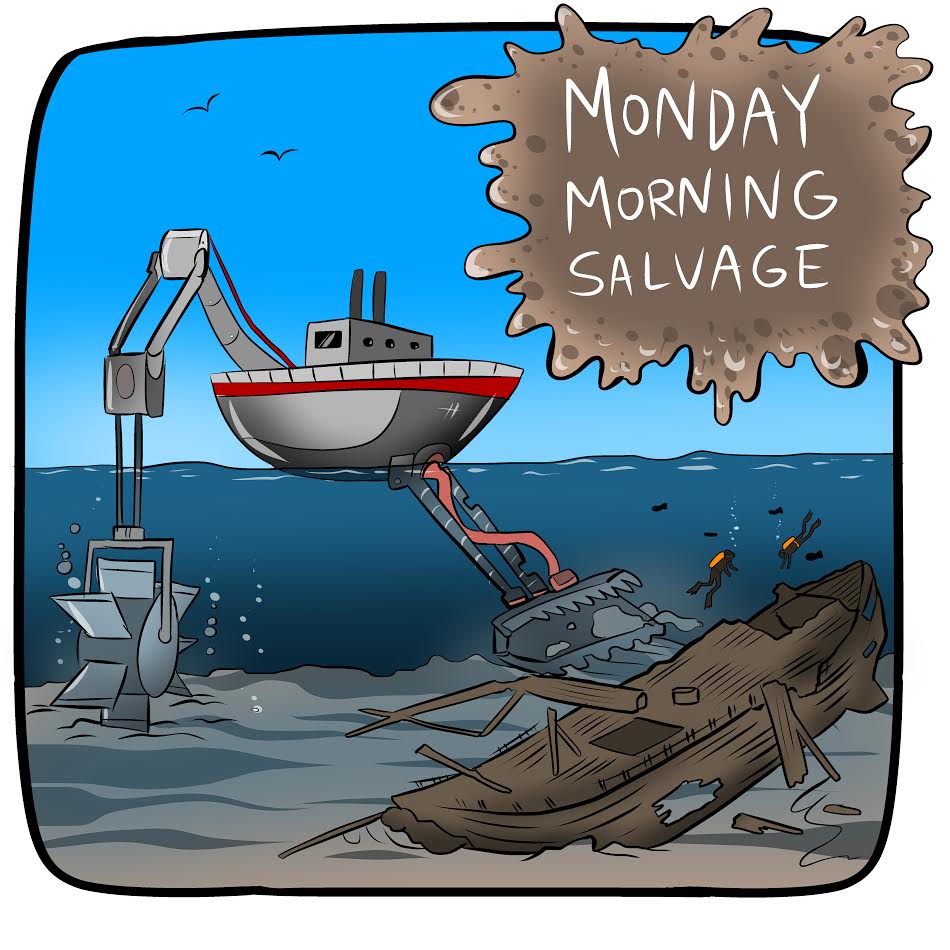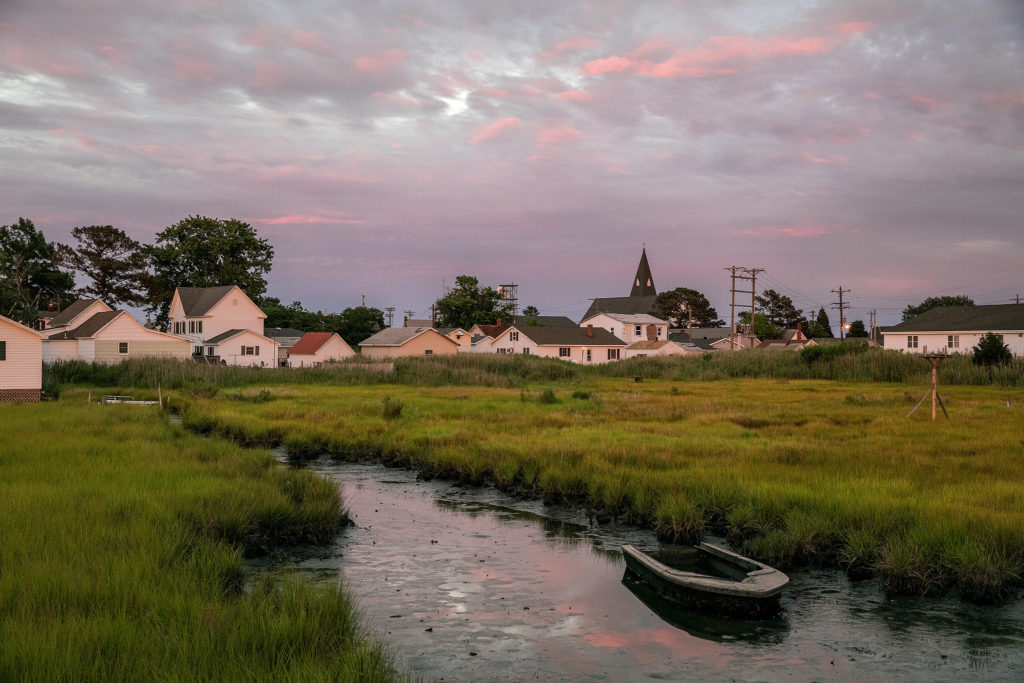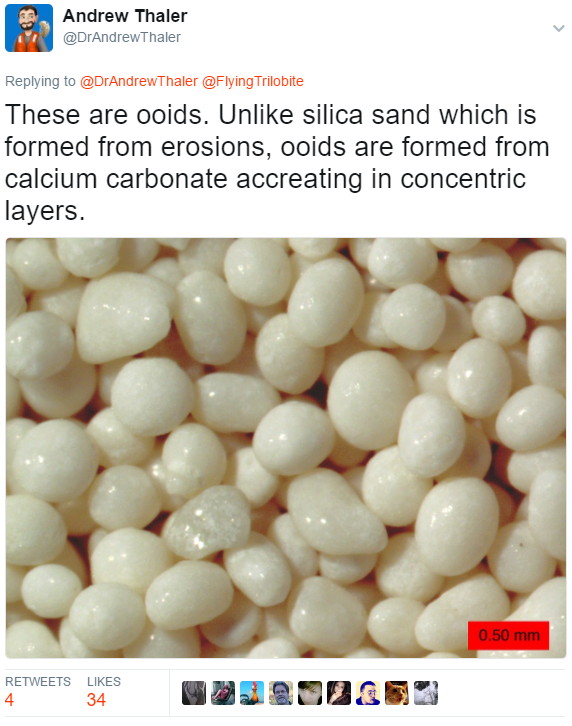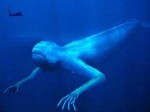
Fog Horn (A Call to Action)
- 27 National Monuments are under review by the Department of the Interior. Our Nation Monuments are our National Treasures. Don’t let them be sold to the highest bidder! Submit formal public comments on the DOI Monument Review and make your voice heard.
Flotsam (what we’re obsessed with right now)
- Sand. Over the weekend I asked Twitter if they were into sand, and Twitter said yes. So now I’m trapped in an endless cycle of ‘likes’ and facts about sand. it’s a sandstorm!
Jetsam (what we’re enjoying from around the web)
- Tangier Island. It’s disappearing, due to a combination of erosion and sea level rise, and when it goes,Virginia’s last offshore fishing community vanishes, too. We’re visiting Tangier next week, so now is a great time to read up on the challenges facing the island.

- Autonomous Cargo Ships Extend Miner’s Technology Drive to Seas.
- Beasts from the sea dominated the monster flick of the 60s and 70s. Hakai is on the hunt for these leading monsters.
- I’m sure this is fine. Trump Said to Mull Combining Agencies Separated After Gulf Oil Spill.
- Donald Trump vs. the Tide of History on Climate Change. A great piece by my old college roommate. Hi Victor!
- In 1950, an Australian adventurer set out to sail and drive around the world in an old amphibious jeep. It did not go entirely to plan.
- The world’s smallest porpoise has caused a big battle in Baja California.
- Paleoshorelines: Time capsules of the ocean’s ancient shorelines from our friends at oceanbites.
- This week in deep-sea mining: Huge rare metal reserve found on seabed 350 km off Japan.
- The protests against deep-sea mining are also ramping up. This video, which is perhaps the best I’ve seen capturing local concerns about near-shore hydrothermal vent mines, was featured at the UN Ocean Summit.
- Japan’s famous fish market, where the world’s most expensive tuna are sold, is closing down to relocate from it’s historic home: Visit Tsukiji, a ‘Great Wonder of the World,’ While You Still Can.





